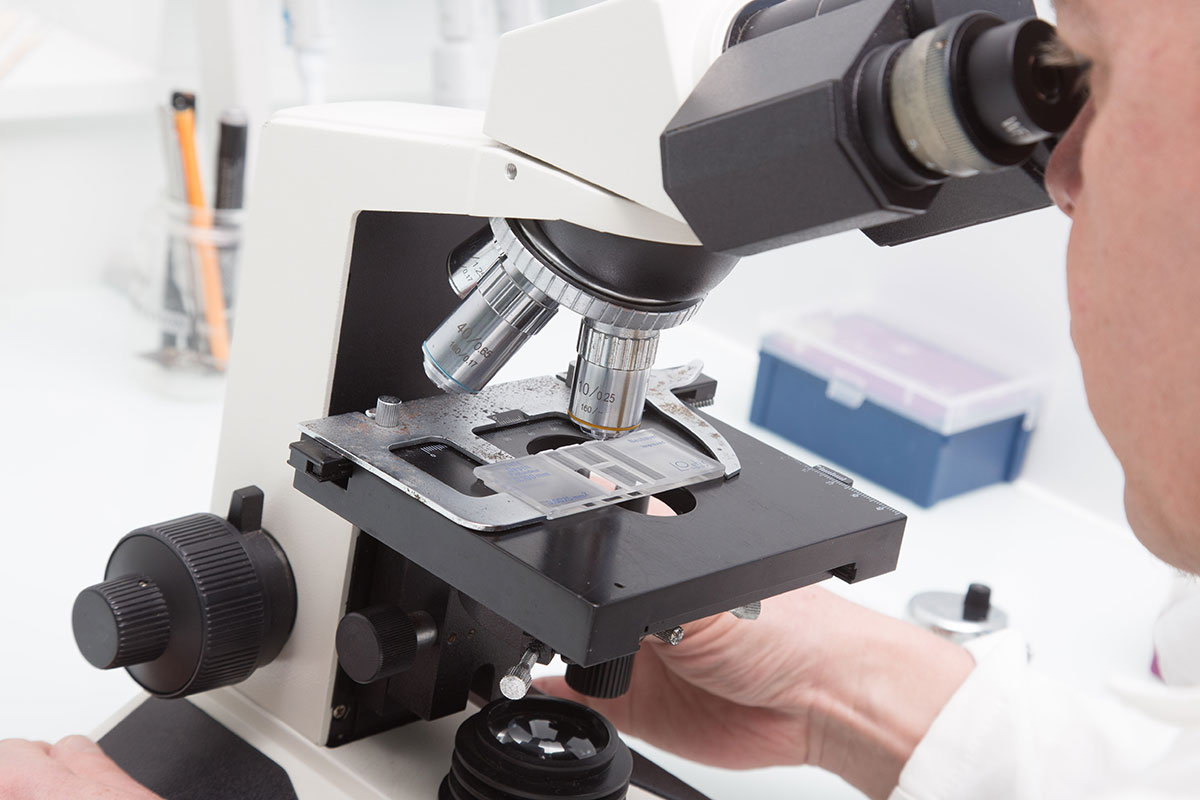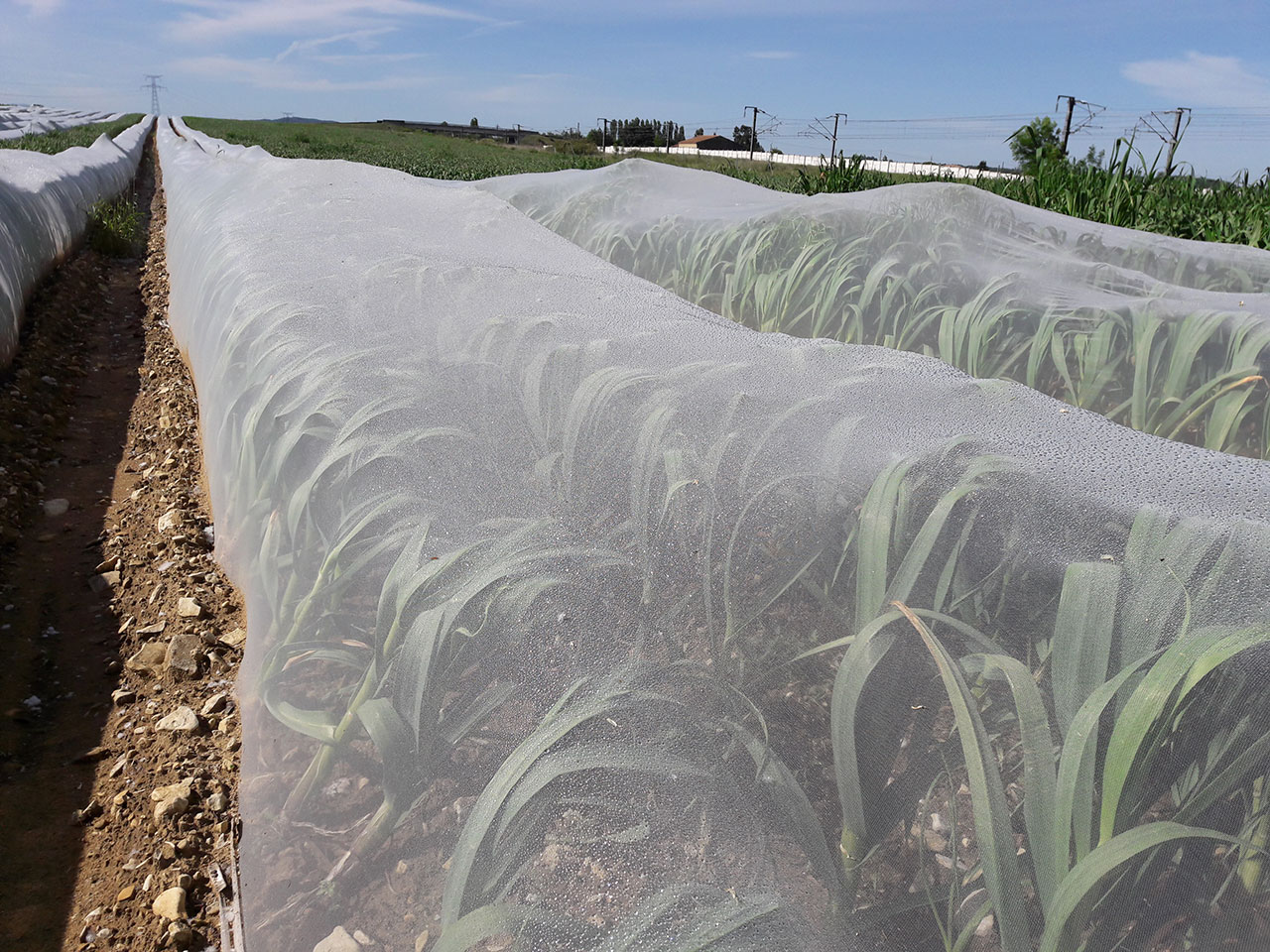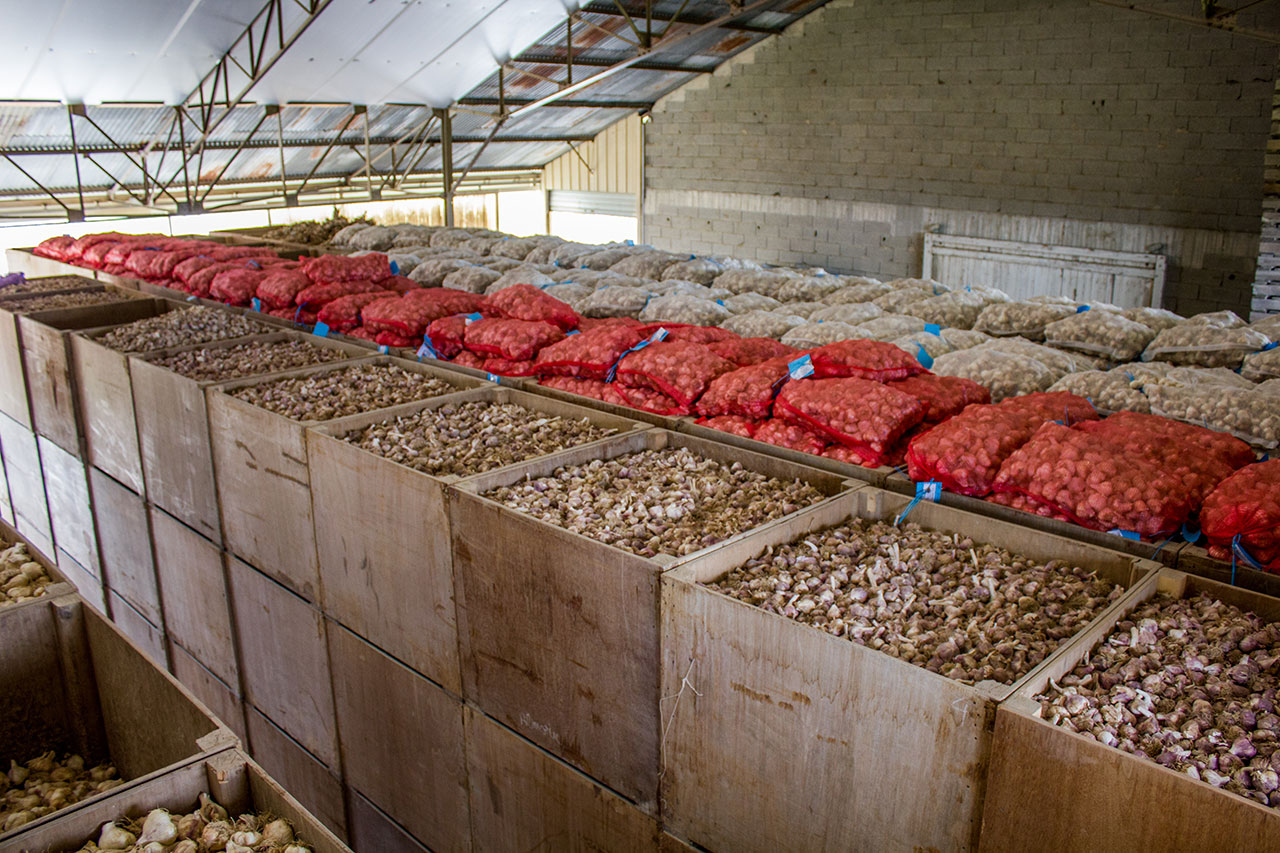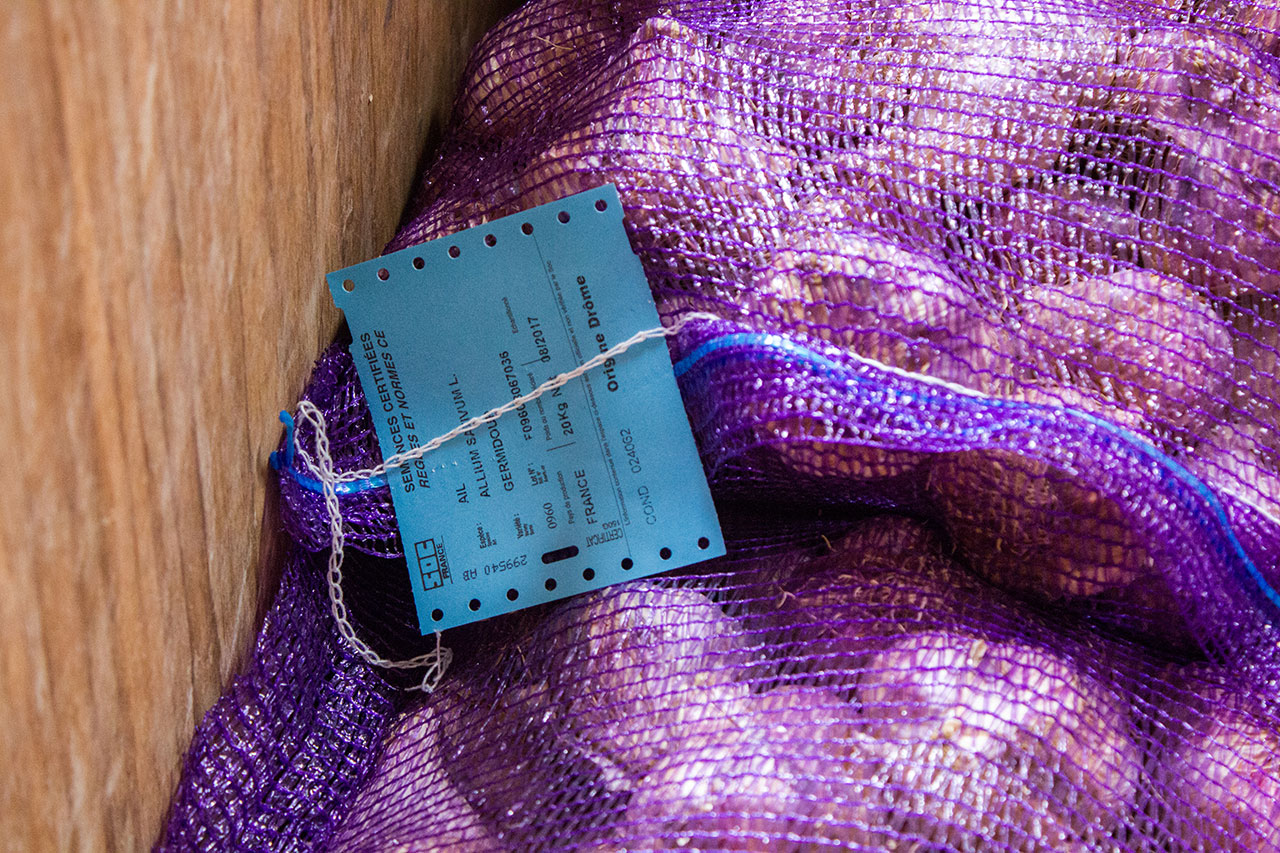All the prerequisites for quality
A favourable soil and climate
The pedoclimatic conditions in France are ideal for producing quality garlic plants in a wide range of varieties.
For garlic :
Over 25 varieties are propagated over 500 ha in 4 regions: south eastern France, south western France, Auvergne and northern France.
For shallot :
Over 10 varieties are propagated over 125 ha in 4 regions: Brittany, Pays de Loire, Auvergne and Rhône Alpes.


Over 40years of close collaboration between public research institutions and professionals
The INRA (Institut National de la Recherche Agronomique) has been working in close collaboration with professionals since 1972 in order to cover all aspects pertaining to garlic cultivation: (meristem cultivation, research on diseases: viruses, bacteria, rot…). This collaboration means the industry is always at the cutting edge of progress, and capable of meeting both the requirements of farmers and demands tied to the changing face of the market.
Breeding all types of new garlic and shallot varieties
Breeding is essentially carried out by the INRA as well as a few commercial breeders with the help of numerous partners (farmers, cooperatives, GIE…). Varieties are selected based on precocity, conservation, bulb shape and colour (tolerance to bacteria) etc… Trials are carried out through an organized network in order to better evaluate plant behaviour.


Strict methods applied to plant production
In order to obtain the best plants quality, professionals have implemented a strict production scheme. First generation plants are propagated under insect-proof tunnels in order to prevent viral contamination and are disinfected by thermotherapy against nematodes.
Closely monitored production
Throughout their growth cycle, plants are closely monitored by SOC-approved technicians (SOC: Official Inspection and Certification Body). Samples are tested and checked for nematodes. Mandatory laboratory tests are on the increase as quality standards grow stricter. For instance, French certification standards are stricter than those established by European Directives.


Producer farms that are equipped with high-end technology
Plant propagation is performed on farms by highly skilled and specialized farmers. This work is carried out by a hundred farmers and cultivated acreage is approx 500 ha. This task requires highly skilled workers and appropriate equipment for production and conservation.
Satisfied customers
Readily identified by a blue label (certificate or label delivered by the SOC), farmers and amateur gardeners can purchase garlic plants that meet SOC certification standards.

